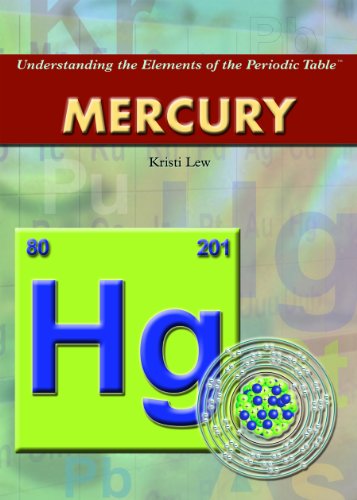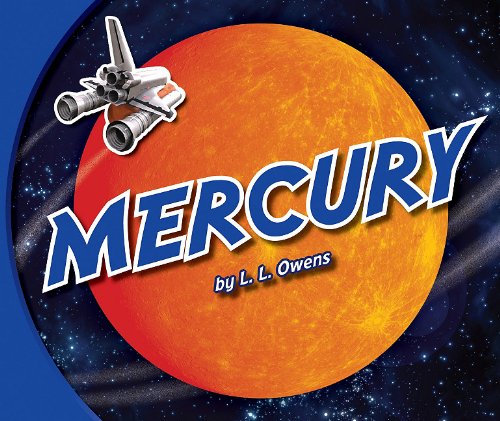-
Mercury
Murray Julie
Paperback (Dash!, Jan. 1, 2019)This title will teach readers all about the very hot, closest planet to the sun, Mercury! The title will cover important information, like how Mercury is the fastest moving planet in our solar system. This is a Level 3 title and is written specifically for transitional readers. Aligned to Common Core Standards and correlated to state standards. Dash! is an imprint of Abdo Zoom, a division of ABDO. M
M
-
Mercury
Kristi Lew
Library Binding (Rosen Central, Sept. 1, 2008)Mercury is the only metal that is a liquid at room temperature. Mercurys chemical symbol is Hg. The Hg comes from the Greek word hydrargyrum, which means liquid silver. Because of its silvery appearance and the way it moves, the metal was also called quicksilver. In fact, the chemical is named for the Roman god, Mercury, who was known for his speed and mobility. Students learn about the sources of mercury and its effects on the environment (coal-buring power plants are responsible for nearly 4 percent of the human-caused mercury emissions in the United States). They learn about mercurys chemical properties and classification as a transition metal. Mercurys place on the periodic table and its subatomic particles are also discussed. Readers will study mercury ions and isotopes. The book also explains the elements applications in thermometers, thermostats, silent wall switches, fluorescent lights, and dental amalgams. X
X
-
Mercury
Anita Louise McCormick
Paperback (Enslow Publishing, Jan. 15, 2019)Liquid, shiny, dangerous Mercury has the distinction of being the only metal that is liquid at room temperature. Because of this trait, mercury is used in thermometers, scientific instruments, florescent lights, and many other devices. In this book, students will learn about mercury's unique properties as an element. They will also learn how mercury is mined and extracted, and how this element, though useful, is also very dangerous, to both the environment and animals. This book contains relevant resources students can use to continue their exploration of mercury and other elements. X
X
-
Mercury
Julie Murray
Library Binding (Dash!, Dec. 15, 2018)This title will teach readers all about the very hot, closest planet to the sun, Mercury! The title will cover important information, like how Mercury is the fastest moving planet in our solar system. This is a Level 3 title and is written specifically for transitional readers. Aligned to Common Core Standards and correlated to state standards. Dash! is an imprint of Abdo Zoom, a division of ABDO. N
N
-
Mercury
Susan Ring
Paperback (Av2 by Weigl, Aug. 15, 2013)The Our Solar System series takes readers on an exciting journey through space to discover the unique characteristics of each planet. This compelling series explores each planets orbit, life forms, name origin, and physical features, along with a map showing its location in space, a timeline of observation, and comparisons to Earth and the other planets. From rocky planets to dwarf planets and ice giants to gas giants, each book in the series is filled with exciting facts that are sure to keep readers turning the pages. Our Solar System is a series of AV2 media enhanced books. A unique book code printed on page 2 unlocks multimedia content. These books come alive with video, audio, weblinks, slide shows, activities, hands-on experiments, and much more. R
R






